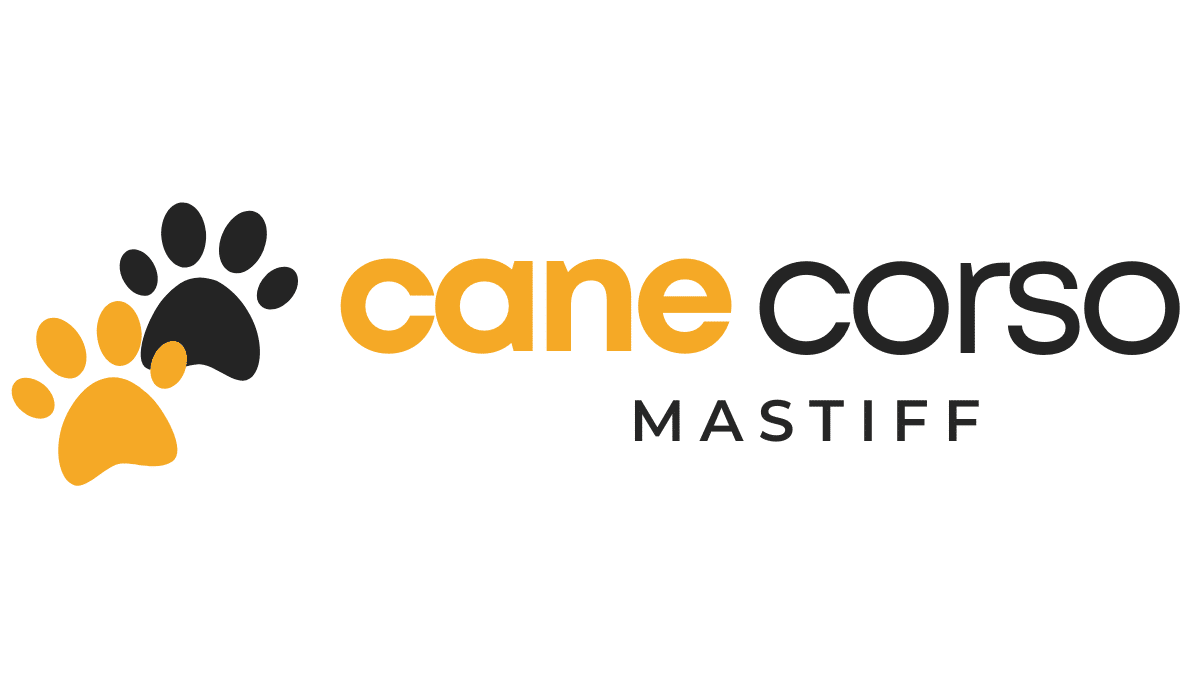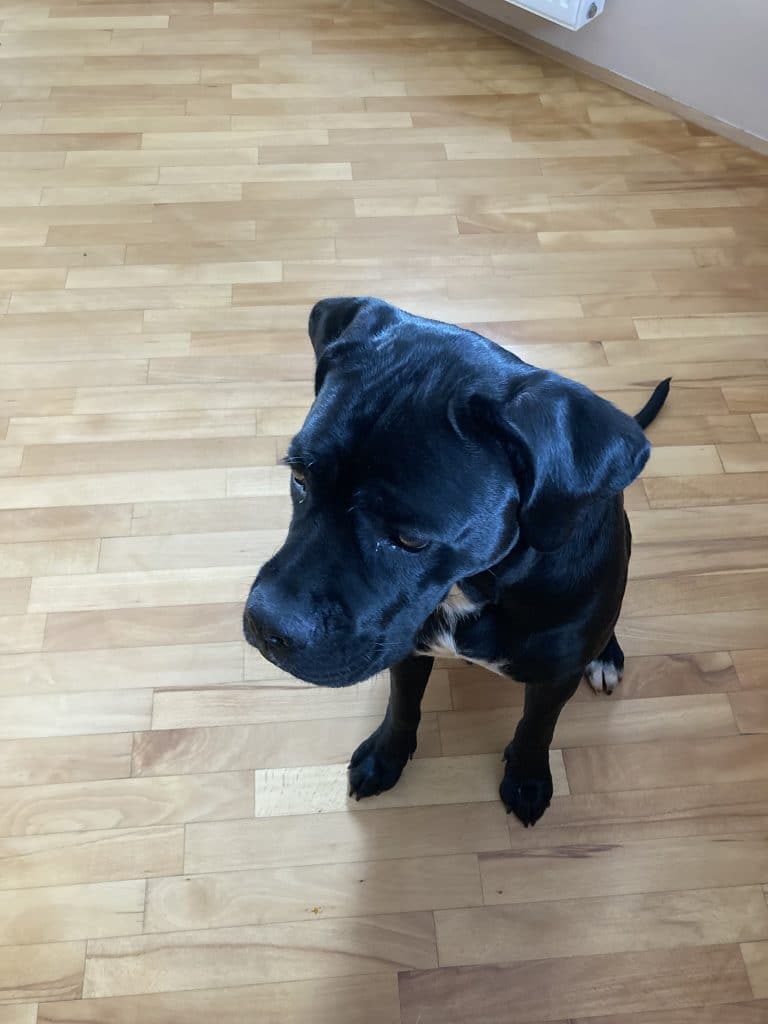You can achieve obedience success with your Cane Corso by following a structured training approach that emphasizes positive reinforcement and consistency. Understanding your dog’s unique breed characteristics is imperative for effective training, given their powerful build and strong-willed nature. This guide provides you with practical tips and techniques, ensuring that you forge a strong bond with your Cane Corso while ensuring their safety and responsiveness in various situations. Embrace the challenge and commence on a rewarding journey to become the leader your Cane Corso looks up to.
Key Takeaways:
- Consistency: Establish a regular training routine to reinforce commands and ensure obedience.
- Positive Reinforcement: Use treats and praise to motivate your Cane Corso and enhance learning through reward-based training.
- Socialization: Expose your Cane Corso to various environments, people, and other animals to develop good behavior and reduce anxiety.
Understanding Cane Corso Temperament
A Cane Corso is a breed known for its loyalty, intelligence, and protective instincts. Understanding their temperament is important for effective training and building a strong bond with your dog. These dogs possess a natural instinct to guard and protect their families, making proper training and socialization vital to channel these instincts positively.
Natural Instincts
Little is known about how deeply ingrained a Cane Corso’s protective instincts can be. These dogs were bred for guarding and working roles, so they have a strong drive to protect their territory and their loved ones. As a result, it is important to train them to distinguish between a threat and a harmless visitor.
Socialization Needs
You must prioritize socialization for your Cane Corso, as it helps shape their behavior and responses to various situations. Early socialization exposes your dog to different people, pets, sounds, and environments, preventing potential behavioral issues in adulthood.
Understanding your Cane Corso’s socialization needs is imperative for fostering a well-adjusted dog. Engage with different people, including children and elders, to reduce potential fearfulness or aggression. Expose your dog to other animals and varied environments to ensure they are comfortable and adaptable. Inadequate socialization can lead to serious issues, including anxiety or aggressive tendencies, making it important to create positive experiences during their formative months.
Essential Training Tools and Equipment
Any successful obedience training program for your Cane Corso requires suitable tools and equipment. These imperatives not only enhance communication between you and your dog but also make training sessions more effective and enjoyable. In this chapter, we will explore the basics you need to obtain, ensuring you are fully prepared for training success.
Collars and Leashes
Assuming you want to establish control and safety during your training sessions, choosing the right collar and leash is imperative. Opt for a sturdy yet comfortable collar that fits your Cane Corso properly. A dependable leash, preferably 6 feet in length, allows you to maintain control while giving your dog enough freedom to explore and learn.
Training Treats and Rewards
Assuming you understand the importance of positive reinforcement, training treats and rewards are vital to motivate your Cane Corso effectively. Use small, high-value treats that your dog genuinely loves, making training feel like a fun game. This creates a positive association with commands, encouraging your dog to repeat rewarding behaviors.
Training rewards should be immediate and consistent to reinforce good behavior. The type of treats you choose can impact your success; opt for nutritious options that are small, easy to chew, and desirable for your dog. Balanced rewards not only make each session more exciting but also help you strengthen your bond with your Cane Corso, ensuring they are eager to learn and obey.
Setting Training Goals
Now that you’re prepared to train your Cane Corso, it’s vital to set clear and achievable training goals. These objectives will provide direction, helping you focus your efforts during the training process. By defining specific milestones, you can track progress, build motivation, and ultimately enhance the bond between you and your dog, paving the way for long-term obedience success.
Short-Term Objectives
Assuming you want to see immediate results, begin by establishing short-term objectives that can be accomplished within a few weeks. These objectives may include basic commands such as “sit,” “stay,” or “come.” By prioritizing these foundational skills, you will build your Cane Corso’s overall understanding of obedience and create a solid framework for future learning.
Long-Term Expectations
Any dog owner should set realistic long-term expectations for their Cane Corso’s training journey. This includes anticipating consistent obedience in challenging environments and the ability to follow a variety of commands reliably. As you work towards these goals, you might also expect enhanced socialization skills, a stronger bond, and improved behavior at home and in public spaces.
It’s important to maintain a positive outlook throughout your Cane Corso’s training journey. Setting realistic long-term goals can help you avoid frustration and will encourage you to remain patient. You should strive for your dog to reach key milestones, such as mastering obedience in distracting scenarios and developing appropriate skills for socialization. A responsive and well-trained Cane Corso can enjoy greater freedom during walks and outings, allowing both of you to enjoy more harmonious experiences together.
How to Start Basic Obedience Training
Despite the Cane Corso’s impressive size and strength, starting basic obedience training can be a rewarding experience for both you and your dog. Begin in a quiet environment with minimal distractions to help your dog focus on you. Use positive reinforcement techniques, such as treats and praise, to encourage desired behaviors. Patience and understanding are key as you lay the foundation for a well-trained Cane Corso.
Commands to Teach First
You should start with crucial commands like “sit,” “stay,” “come,” and “down.” These basic commands establish communication between you and your Cane Corso, making daily interactions smoother. Focus on teaching one command at a time to ensure your dog grasps the concept before moving on to the next. Consistent practice will help reinforce these commands.
Consistency in Training Sessions
Basic obedience training relies heavily on consistency. Maintain a regular schedule for your training sessions, ideally short but frequent. Training in short bursts prevents both you and your Cane Corso from becoming overwhelmed or fatigued. Always use the same commands and cues to avoid confusing your dog, ensuring that rules are clear and easy to follow.
This consistency not only strengthens your Cane Corso’s understanding of commands but also fosters a sense of security in your dog. When you establish a routine, your dog will be more likely to engage and respond positively. Make sure everyone in your household is on the same page regarding commands and training methods to avoid mixed signals. Regularly reviewing previously learned commands and gradually increasing the complexity of tasks will pave the way for long-term success.
Tips for Successful Training
After establishing a routine, consistency and patience are key to successful training of your Cane Corso. Ensure you practice regularly and reinforce your commands. Here are some tips to help you:
- Utilize positive reinforcement techniques
- Set realistic goals
- Keep training sessions short and engaging
- Stay calm and assertive
- Socialize your dog early and often
Thou will see better results by applying these tips. For more information on Training, visit our resource page.
Positive Reinforcement Techniques
Even a simple reward can greatly enhance your Cane Corso’s learning experience. Praise, treat rewards, and playtime are excellent forms of positive reinforcement. Using these methods encourages your dog to repeat desired behaviors, making training both enjoyable and effective.
Dealing with Common Behavioral Issues
Even the best-trained dogs can exhibit behavioral issues occasionally. Identifying the cause of these behaviors, such as anxiety or boredom, is imperative for addressing them effectively.
Issues like excessive barking, digging, or aggression can become problematic if not managed properly. It’s important to approach these situations with a calm demeanor. Ensure your Cane Corso receives enough exercise and mental stimulation to prevent unwanted behaviors. Furthermore, addressing any underlying issues through training can foster a stronger bond and ensure a more well-adjusted canine companion. Taking immediate corrective actions while maintaining a positive approach will lead to better outcomes.
Environmental Factors in Training Success
All successful training outcomes are influenced by various environmental factors. Consider these key elements:
- Consistency in commands and routines
- Distraction level in different settings
- Temperature and weather conditions during training
- Space availability for training exercises
The right environment can significantly enhance your Cane Corso’s ability to learn and retain commands.
Home Environment Setup
Even a well-structured home environment can foster better learning for your Cane Corso. Ensure that your training space is free of distractions and offers a safe, designated area where your dog can focus on commands. Utilize consistent routines and positive reinforcement to build a sense of security, helping your dog to feel at ease during training sessions.
Socialization with Other Animals
You should prioritize socialization with other animals to enhance your Cane Corso’s confidence and adaptability. Regular exposure to various pets and animals helps prevent aggression and anxiety, promoting healthy interactions.
To effectively socialize your Cane Corso, introduce your dog to a range of animals in controlled settings. Start with calm, friendly dogs to establish positive experiences. Avoid situations with aggressive or dominant animals that might provoke fear or hostility. Gradually increase exposure to different species, ensuring every encounter is safe and monitored. The goal is to make these interactions positive and rewarding, ultimately leading to a well-rounded and socially adaptable Cane Corso.
To wrap up
Following this comprehensive guide, you now have the vital tools and techniques needed to train your Cane Corso for obedience success. By consistently applying positive reinforcement and establishing clear commands, you will foster a strong bond built on trust and respect with your dog. Patience and dedication will lead to remarkable progress in your Cane Corso’s behavior, making your training sessions enjoyable and effective. With time, you will see how these strategies can transform your relationship and create a well-mannered companion.


